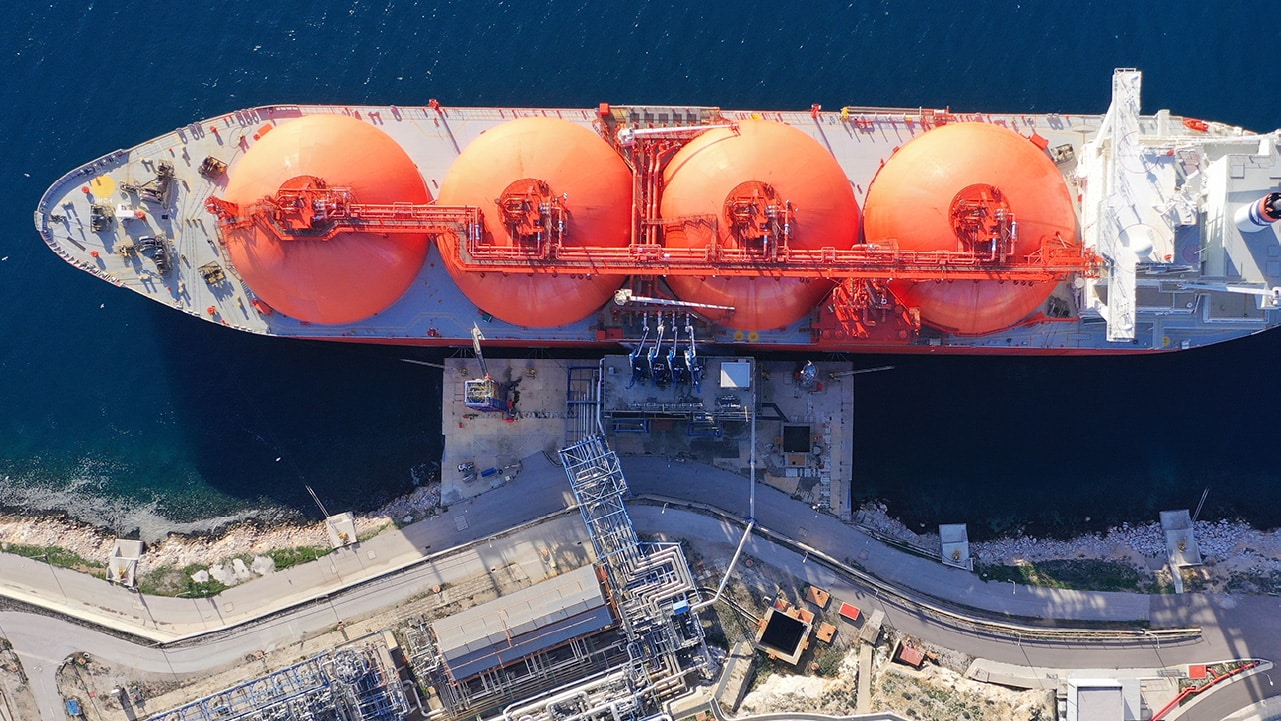IMO MARPOL Annex II Noxious Liquid Cargo Tank Testing
The International Maritime Organization (IMO) and its Convention on the Prevention of Pollution from Ships, known as MARPOL, sets stringent standards to ensure that ships do not pollute the environment. Specifically, Annex II deals with the carriage of noxious liquid substances in bulk. This annex mandates rigorous testing procedures for cargo tanks to ensure they can contain these potentially harmful materials without leaking into the surrounding environment.
The testing required under MARPOL Annex II is critical not only for compliance but also for the safety and sustainability of the shipping industry. The tests are conducted on both new and existing tank systems, ensuring that all vessels meet the highest standards before they enter service. This process involves a series of rigorous tests aimed at verifying that the cargo tanks can withstand the pressures and stresses encountered during transportation.
The testing typically includes hydrostatic pressure testing, vacuum integrity testing, and structural integrity checks. These tests are designed to simulate real-world conditions under which the tank will operate, ensuring it remains watertight and structurally sound throughout its operational life. The results of these tests are used by quality managers, compliance officers, R&D engineers, and procurement specialists to make informed decisions regarding vessel maintenance and safety.
The testing process begins with a thorough examination of the design specifications of the cargo tank. This includes reviewing blueprints and ensuring that all components meet the required standards as outlined in MARPOL Annex II. Once the design is approved, the actual construction of the tank proceeds, followed by rigorous inspection and testing to ensure compliance.
The first step in the testing process is hydrostatic pressure testing. During this test, the cargo tank is filled with water to a specified level under controlled conditions. The pressure applied must be sufficient to simulate real-world conditions while ensuring that no leaks are detected. This part of the test assesses the structural integrity and watertightness of the tank.
Following hydrostatic testing, vacuum integrity tests are conducted. In this process, the cargo tank is evacuated until it reaches a specified vacuum level. The goal here is to ensure that there are no leaks in the tank under reduced pressure conditions, which could indicate potential weaknesses in its design or construction. This test is crucial for identifying any imperfections that might not be apparent during hydrostatic testing.
Structural integrity checks involve inspecting all components of the cargo tank, including welds and connections, to ensure they can withstand the stresses and strains encountered during transportation. This includes examining the tank's structure for signs of fatigue or corrosion that could compromise its ability to contain noxious liquids safely.
The results of these tests are meticulously recorded and analyzed by a team of experts who specialize in maritime compliance and safety. The data is then used to generate detailed reports that provide a comprehensive overview of the cargo tank's performance during testing. These reports serve as essential documentation for compliance officers, quality managers, R&D engineers, and procurement specialists, helping them make informed decisions about vessel maintenance and operational procedures.
Compliance with MARPOL Annex II is not just a legal requirement but also a commitment to environmental responsibility. By ensuring that cargo tanks meet the highest standards of safety and integrity, we contribute to the preservation of marine ecosystems and the protection of public health. The tests conducted under this annex play a vital role in reducing pollution from ships and promoting sustainable maritime practices.
The expertise required for such testing is extensive, involving specialized knowledge in materials science, mechanical engineering, and environmental impact assessment. Our laboratory has the necessary facilities and personnel to perform these tests accurately and reliably, ensuring that all vessels comply with international regulations and best practices.
Our comprehensive approach to IMO MARPOL Annex II Noxious Liquid Cargo Tank Testing ensures that we provide clients with robust, reliable results that meet or exceed industry standards. By leveraging our deep understanding of the sector and category-specific requirements, we offer a service that is both efficient and effective, helping our clients maintain compliance while enhancing vessel safety.





